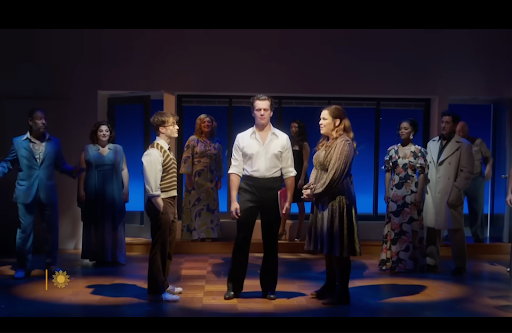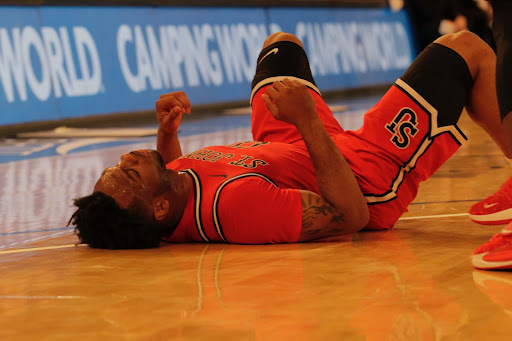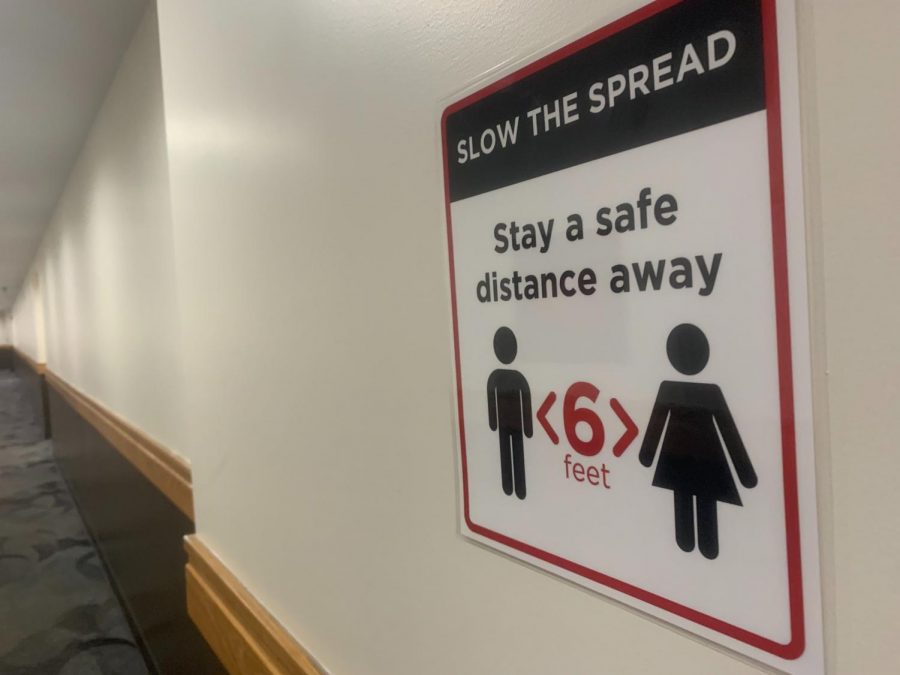The Last House on the Left is the latest to join the long list of horror film remakes that have been plaguing the theatres over the past few years. The original was directed by Wes Craven, whose famous work includes A Nightmare on Elm Street, Scream, and the original The Hills Have Eyes.
Released in 1972, The Last House on the Left was met with mixed reviews and extreme controversy due to the sadistic, graphic violence featured. Wes Craven returned to produce this updated, modernized version of his classic horror film, but even with his involvement, the remake fails to match up to the original.
Mari (Sara Paxton) and her parents, Emma and John (played by Monica Potter and Tony Goldwyn), are on vacation when Mari decides to go into town to meet her friend, Paige.
The two girls soon meet a boy named Justin, who invites them back to a motel room for drugs. While there, they are confronted by a trio of criminals who were introduced in the beginning sequence of the movie. The ringleader, Krug (portrayed by Garret Dillahunt), is Justin’s manipulative and abusive father, who wields disturbing power over his son and convinces the reluctant and nonviolent boy to help them. What follows is a series of sadistic, nightmarish torture sequences in which Mari and Paige are kidnapped, beaten, and sexually abused.
The story reaches its turning point when the criminals unwittingly go to Mari’s parent’s vacation home while looking for shelter. Emma and John soon discover what they have done to their daughter and carry out a violent revenge.
While the remake does not have the intelligence or unique content that made the original a critical success, there are a few redeeming qualities in the film which should not be overlooked.
Both Paxton and Dillahunt portray powerful characters-Dillahunt’s villain is twisted and evil without falling into the mold of the traditional “bad guy”, and Paxton creates a realistic victim that reminds the audience of the devastating horror behind violence that could be considered glorified.
Additionally, director Dennis Iliadis bravely handles the infamous rape scene of The Last House on the Left with as much sensitivity as possible, given the context. Instead of creating a scene which could be closely connected to violent porn, Iliadis avoids the nudity and graphic imagery and focuses instead on Mari as a victim.
The Last House on the Left offers no moral, no character development, and no clear distinction between good and evil. Every adult character is, at some point in the film, a victim and a predator, regardless of which moral “side” he or she is on. What the audience is left with is a bleak view of the worst aspects of human nature, but even that impression doesn’t last.
Ultimately, The Last House on the Left perfectly follows the trend of horror-movie remakes-the original was best left alone.
















